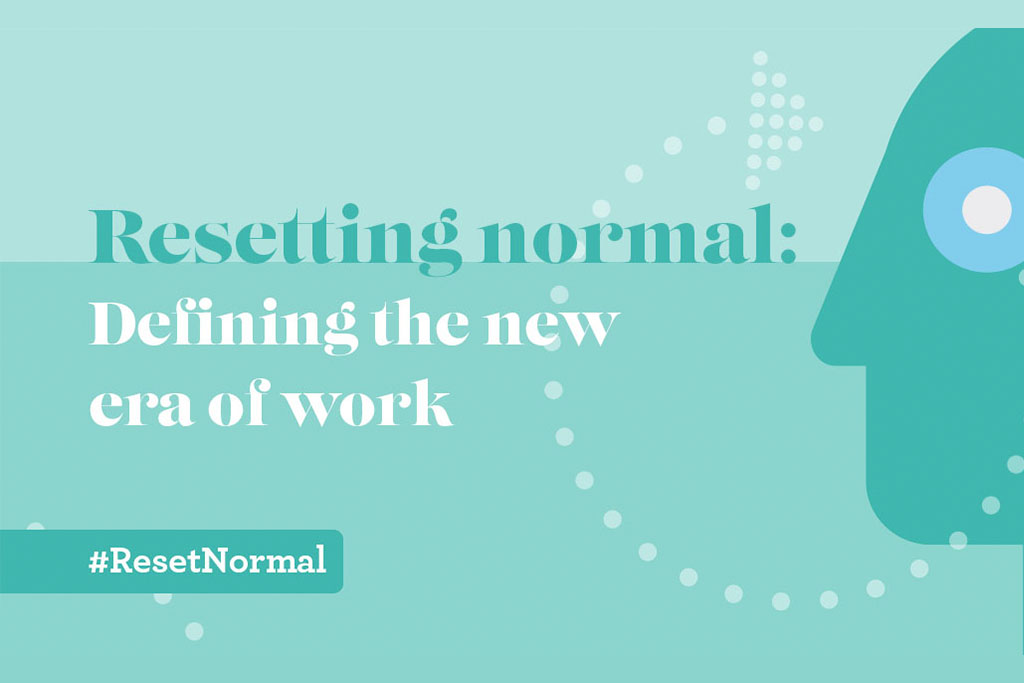This article was originally published by CEO For One Month, here.
How will the COVID-19 pandemic transform the future of work? As we navigate the 4th industrial revolution, many areas of industry are being accelerated despite global disruption.
Corporations are being redefined by the speed at which they can adapt. Remote working, upskilling, and progressive hierarchy models are changing how groups behave. The skills gap has only widened, and the Adecco Group is tackling the problem.

By 2025, 60% of young people entering the workforce will perform jobs that do not exist today. The number of remote workers has also rocketed. Combine this fact with the 159% increase of remote working between 2005 and 2017 (Global Workplace Analytics), and you’ll start to see how rapidly the world is changing. Let’s now look closer at these trends, to help you excel in the executive landscape.
New trust contracts
The increasing trend in remote working will continue. This is creating a new era of employee-trust contracts. As more of the world’s leading organisations shift towards results-based performance management, the need for face time decreases. The need for collaboration between remote workers is essential, and only the teams that know how to leverage results-driven data against expenditure will thrive.
If you’re a future leader, you’ll be expected to know how to use the latest team management platforms. These platforms complement progressive management styles. Accomplishments should be managed, not activity. Plus, growth mindsets should be encouraged which include the full spectrum of your employee’s developmental goals. By sharing and agreeing on your organisation’s vision, trust is strengthened.
Bridging the skills gap
By 2030, it’s estimated that there could be a global human talent shortage of more than 85 million people. The result in unrealised annual revenue is staggering and could reach up to 8.5 trillion dollars. This is both an opportunity and a challenge. As we speak, companies are upskilling their employees to face this shortage.
Organisations like Microsoft lead by example as they aim to upskill 15,000 workers in AI over the next three years, and the shift towards automation will be felt across all industries. When you speak with hiring managers, you should mention where your skills fit into this global zeitgeist.
Flat hierarchy theory
The 4th industrial revolution is an umbrella term for the blurring boundaries between the digitised and human landscape. You should also recognise how it’s altering traditional hierarchy models.
Flatter hierarchies have become increasingly popular. Why? Fewer levels between management and other team members can promote increased involvement, with less time and resources spent on supervision. This complements the remote working environment and can inspire the intrapreneurial spirit.



